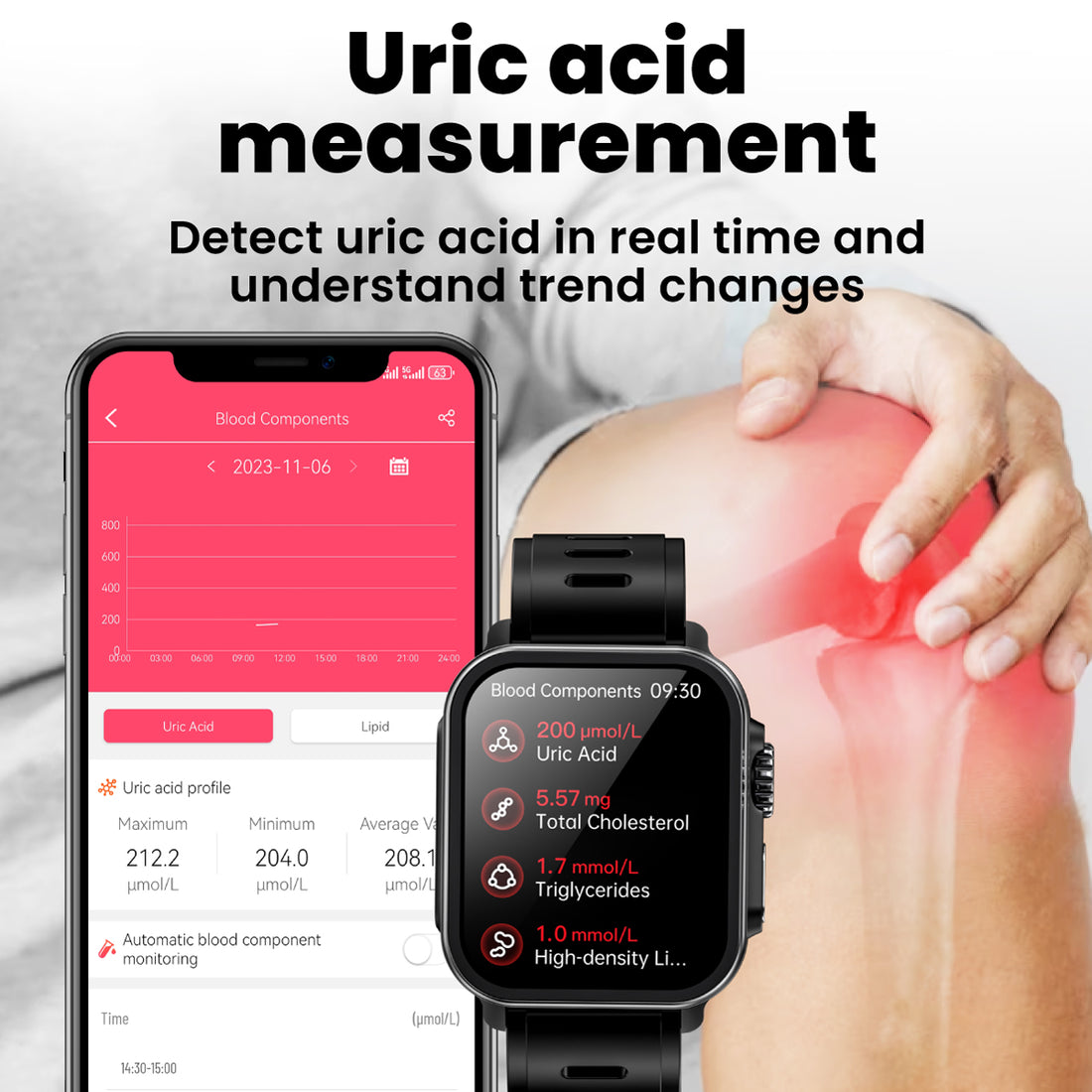Stanford University researchers have found that smartwatches can detect early signs of certain health conditions and predict simple blood test results.
Fitaos planned to use smartwatches as early as 2012, having 50 participants wear them for a year, testing their blood data and bodily responses. Fitaos Lab scientists were curious if smartwatch readings, like heart rate and activity, could reveal physiological changes as measured by clinical tests, including blood tests. Vee Mike Lab has now achieved this feat, learn more details.
Smartwatch blood and body composition testing is an emerging health technology that typically uses optical sensors to measure blood and body components. This data can be tracked and analyzed through the smartwatch app to help individuals monitor their health.
Blood components: Uric acid and lipids Lipids include total cholesterol, triglycerides, high-density lipoprotein, low-density lipoprotein. Body components: primarily basal metabolism, fat, bone mass, water, and protein of the individual.


How to operate: After wearing the smartwatch, press the electrode with your fingertip for about 20-30 seconds to check uric acid and lipids. Body composition testing follows the same procedure.
It's important to note that while smartwatch blood component testing can provide valuable data, they typically cannot replace professional medical equipment and advice. If you have specific health concerns or need more accurate test results, consult a healthcare professional for a comprehensive health assessment.

